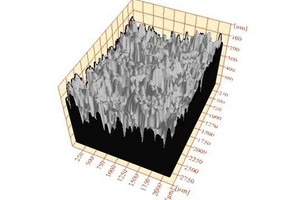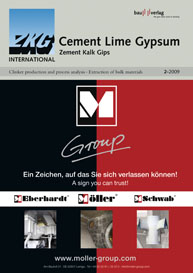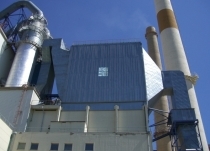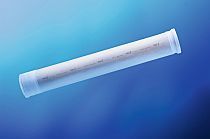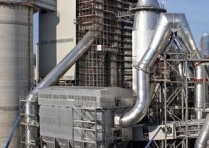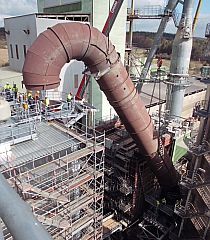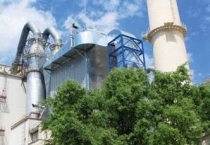Characterization of needle felts for cleanable dust filtration
Summary: A method of determination has been developed for comparative characterization of the particle penetration and dust storage capacity of surface-treated needle felts. This method is based on transmitted light and reflected light microscopy used in combination with specially developed image analysis software with which it is possible to determine the two-dimensional surface porosity and the pore depth distribution at the surface of the filter medium. Two straight calibration lines are obtained when the surface porosity measurements are combined with filter test results that conform to the VDI (Confederation of German Industry) guidelines, such as average clean gas dust concentration and mass of residual dust. These two straight calibration lines can be used to estimate the particle penetration and the dust storage capacity of different surface-treated needle felts.
1 Introduction
The fine dust fraction in dust emissions is particularly important from the point of view of air hygiene. Interest is focused on the low sinking velocities of sub-micron dust particles (resulting in a relatively long residence time in the earth’s atmosphere), their respirability and their ability to combine adsorptively with harmful substances like heavy metals. Because of their outstanding dust collecting characteristics, including in the fine dust range, cleanable dust filters are being used increasingly in virtually all sectors of exhaust gas dedusting as well as for the...

